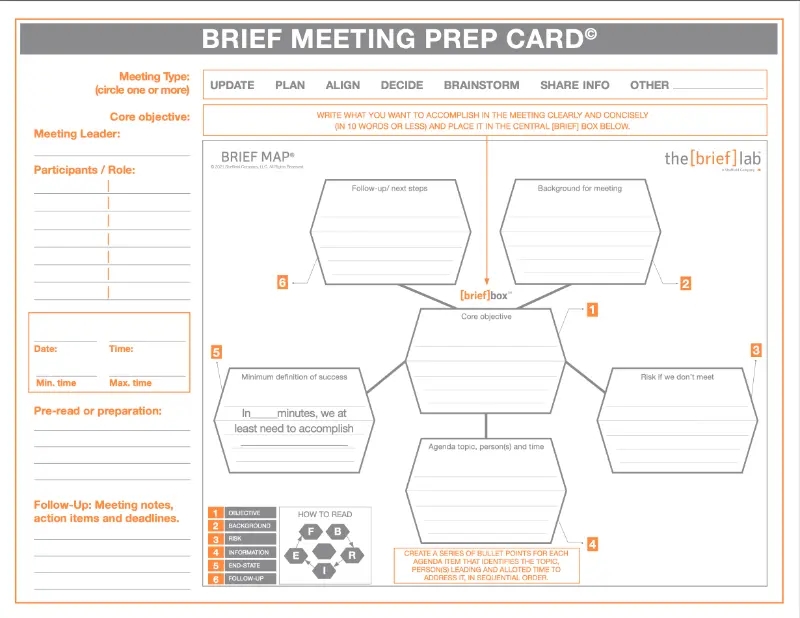[vc_row fullwidth=”true” css=”.vc_custom_1535554574726{background-image: url(https://newtblsite.wpengine.com/wp-content/uploads/2018/08/post_1.jpeg?id=11910) !important;background-position: center !important;background-repeat: no-repeat !important;background-size: cover !important;}”][vc_column][mk_padding_divider size=”420″][/vc_column][/vc_row][vc_row css=”.vc_custom_1535555280359{padding-top: 67px !important;}”][vc_column][vc_column_text css=”.vc_custom_1535660232649{margin-bottom: 0px !important;}”]
Focus on few things, not many
If you try to do everything, you end up getting nothing done. At The BRIEF Lab, we constantly propose a simple cure: Keep things short and sweet. The same thing applies to how you manage your job – juggling too many balls is awkward and counterproductive, and constant distractions can be so irresistible that you end up saying “yes” to everything.
How do you regain control when there are so many things competing for your attention? The key to productivity isn’t multitasking – it’s single-minded focus. Productive people know how to focus on one thing at a time. Indeed, even Amazon CEO Jeff Bezos is a champion of doing one thing at a time: “I don’t like to multi-task. If I’m reading my email I want to be reading my email,” the tech mogul explains.
Single-mindedness
Jenny Shih, a coach and consultant for creative entrepreneurs, recommends “chunking” your tasks. Chunking means setting aside time to focus on a single task or type of task, such as client work, creative work or admin work.
“You’re more efficient when you work on one thing at a time,” Shih writes in this blog post.
“This is why chunking can be so helpful. Otherwise, it’s challenging for your brain to go from client work to creative work to admin back to creative work than it is to do client – client – client or creative – creative – creative.”
Here’s what tackling on one thing might look like throughout your day:
- Start your day by carefully considering the single most important thing you need to do and addressing it right away. Putting of a goal off by burying it among all of your other competing priorities can be paralyzing.
- In meetings, clearly define the reason you are convening and get everyone to adhere to that point. Throwing in multiple topics can be confusing and derail otherwise straightforward discussions.
- In emails, be sure to clearly state the “call to action” for the reader. Too many emails ask for multiple responses and simply freeze the reader in confusion and inaction.
- Make quiet time in the car, between calls, after work, etc., and make sure it’s actuallyquiet and uninterrupted. Letting your mind unwind will help you to recharge and refocus on what matters most.
- Tackle a single task by not taking on two, or three or four items simultaneously. While you’re doing one thing (buying a plane ticket, reading an article, organizing a folder, etc.), don’t start something else (checking an email, eating your lunch, doing an expense account, etc.).
- Write one thing on a post-it note and throw it out once you’re done. Check the trash can of all the little things you accomplished by doing one thing at a time.
In each of these examples, making sure you can recognize that single most important thing requires planning. This is an important step most people skip when they’re busy doing lots of things – you have to prepare to be productive. Instead of simply dealing with things as they happen, Shih recommends being intentional about what you will do and when you will do it.
[/vc_column_text][vc_column_text css=”.vc_custom_1535661563718{margin-bottom: 0px !important;}”]
“Mark down the days and times you want to do the tasks that need to get done each week or month in your business,” she writes.
Good preparation involves risk management — such as thinking about how easy it is to get distracted, how tempting it can be to multitask — and creating your own ways to prevent those distractions and temptations.
A Plan for Clear, Effective Communication
The same is true when communicating clearly and concisely. The enemy of clarity and simplicity is “just start writing” or “just start talking.” Clear, effective communication requires discipline, planning and practice – so ask yourself: What is the single most important thing I want to convey in this conversation or communication? Then, tailor that email, voicemail, phone call or presentation accordingly. Don’t “multitask” your communications by including too many ideas!
If you’re ready to learn to deliver clear, focused communications, we will show you how! The first step is to sign up for this free BRIEF Lab webinar on September 17, 2018 at 12:00pm CST, where we’ll provide tips and tools to help you master the art of brevity and clarity.
About the author: Joe McCormack is on a mission to help progressive organizations master concise communication. Joe works with Fortune 500 companies and elite special operations units, is the founder of The Brief Lab and author of Brief: Make a Bigger Impact by Saying Less. Follow us on Twitter @TheBriefLab[/vc_column_text][/vc_column][/vc_row][vc_row css=”.vc_custom_1535661946548{padding-top: 67px !important;}”][vc_column][mk_button dimension=”flat” size=”large” url=”” target=”_blank” align=”center” btn_hover_bg=”#00b3e6″]Register in advance for this webinar[/mk_button][/vc_column][/vc_row]

